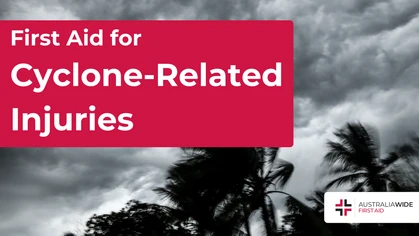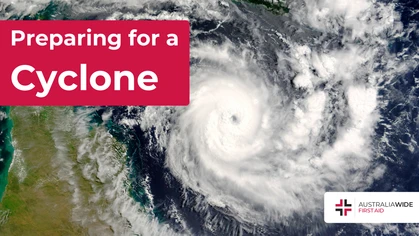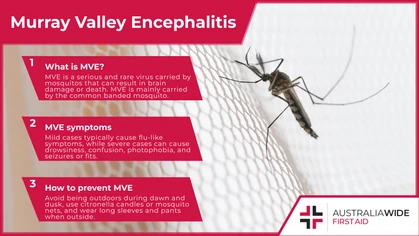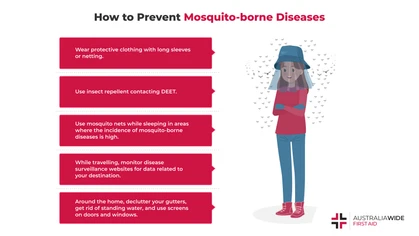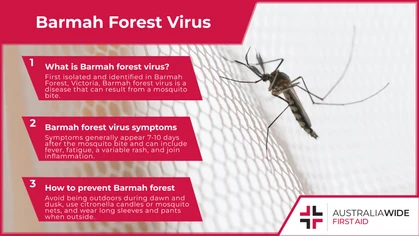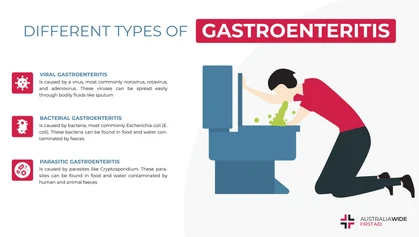Be Ready for the Rain: A Comprehensive Guide to Flood Preparedness

Seasonal Concerns
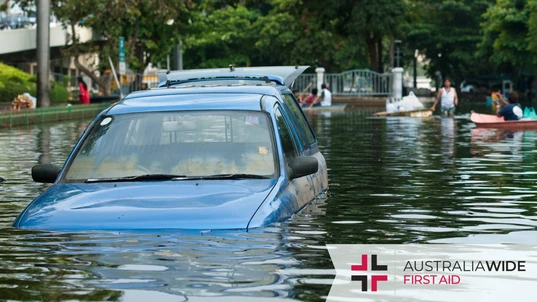
Floods can be devastating and cause serious damage to homes, businesses and communities. With this guide, you can be ready for the rain and be better prepared for flood risks.
Floods can be one of the most devastating natural disasters, causing untold damage to property, infrastructure and most importantly, human life. As a result, it is essential to be prepared and know what to do in case of a flood. This article will provide a comprehensive guide to flood preparedness, including understanding flood risks and preparing for emergencies, essential first aid knowledge for floods, maintaining good health in flood-prone areas, and the importance of first aid training for flood preparedness. By following the advice in this article, you can be better prepared for when a flood strikes.Understanding Flood Risks and Preparing for Emergencies
Floods can occur at any time, so it is important to be prepared for the possibility of a flood. Understanding flood risks can help you plan for how to respond if a flood occurs. To understand flood risks, it is important to know the potential sources of flooding in your area, such as rivers, streams, lakes, and coastal waters. Additionally, it is important to be aware of local weather patterns and know the warning signs of a potential flood, such as heavy rain or snow, rising water levels, or a flash flood warning. Once you understand the potential risks of flooding, the next step is to prepare for emergencies. It is important to have an emergency plan in place so that you and your family are prepared in the event of a flood. This plan should include an evacuation route and a designated safe place to go. It is also important to have an emergency kit that includes items such as food, water, first-aid supplies, flashlights, and other supplies. Additionally, it is important to know how to turn off utilities such as electricity and water in the event of a flood. By understanding flood risks and preparing for emergencies, you can be ready for the rain and protect your family in the event of a flood. This comprehensive guide to flood preparedness can help you be ready for the rain and create a plan to keep your family safe.Essential First Aid Knowledge for Floods
Floods can occur suddenly and without warning. It is important to be prepared for them by having essential first aid knowledge for floods. Before the flood, make sure to have a first aid kit available and stocked with supplies such as bandages, antiseptic, and other items. When the flood occurs, it is important to know what to do in the event that someone is injured as a result. If someone is injured during a flood, the first priority should be to stop any bleeding and treat any open wounds. Apply pressure to the wound with a clean cloth or bandage in order to stop the bleeding. If the wound is deep, seek medical attention. In addition, always be aware of the potential for infection in flood waters. If the wound is exposed to flood waters, it is important to thoroughly clean the wound with soap and water and apply an antibiotic ointment to prevent infection. Finally, stay alert for signs of shock. If someone is feeling dizzy, weak, or is having difficulty breathing, seek medical attention immediately. By having essential first aid knowledge for floods, you can be better prepared to handle any injuries that may occur during a flood. Knowing what to do in these situations can help to keep everyone safe.Maintaining Good Health in Flood-Prone Areas
For those living in flood-prone areas, maintaining good health can be a challenge during times of flooding. It is important that residents take extra precautions to ensure their health and safety. Firstly, it is important to ensure that the home is free of standing water. Standing water can be a breeding ground for mosquitoes and other disease-carrying pests. Residents should ensure all standing water is drained away, and should wear insect repellent when outdoors. It is also important to be aware of the potential for water contamination. During floods, there is a risk of sewage and chemical spills entering drinking water, so it is important to avoid drinking or bathing in contaminated water. Residents should instead use bottled water or boil tap water for drinking, and use bottled water for bathing if necessary. Finally, it is important to be aware of the risk of waterborne illnesses. During floods, waterborne diseases such as cholera, typhoid and diarrhoea can spread quickly, so it is important to stay up to date on vaccinations and practice good hygiene. If anyone in the household becomes ill, it is important to seek medical attention as soon as possible. By following these steps, residents of flood-prone areas can ensure they remain healthy and safe during times of flooding.The Importance of First Aid Training for Flood Preparedness
First aid training is an essential component of flood preparedness. Australia Wide First Aid provides high quality first aid training to ensure that individuals are equipped with the skills and knowledge to provide assistance in the event of an emergency. Doing a HLTAID011 Provide First Aid course will equip individuals with the necessary skills to provide assistance in the event of a flood. Having first aid training prior to a flood situation will help to ensure that individuals are able to provide assistance and support to those affected, including helping to stabilise casualties and prevent further injury. Not only will first aid training provide people with the skills to respond to an emergency, but it will also give them the confidence to act appropriately and quickly in the face of a crisis. First aid training will also teach individuals about the importance of safety and prevention of further injury or harm. This includes learning about the dangers of contaminated water, how to identify and treat common injuries, and how to properly dispose of waste after a flood. In addition to the skills and knowledge gained from first aid training, individuals will also be able to better understand the risks associated with floods, and the measures that can be taken to prevent or minimise these risks. This could include things such as preparing an emergency kit, identifying evacuation routes, and having a plan in place for when a flood occurs. Ultimately, having first aid training is a crucial step in flood preparedness, providing individuals with the skills and knowledge they need to respond to an emergency and minimise the risks associated with floods.
Originally published at
https://www.australiawidefirstaid.com.au/resources/be-flood-ready-preparing-for-the-unexpected
as part of the Australia Wide First Aid Articles Library
